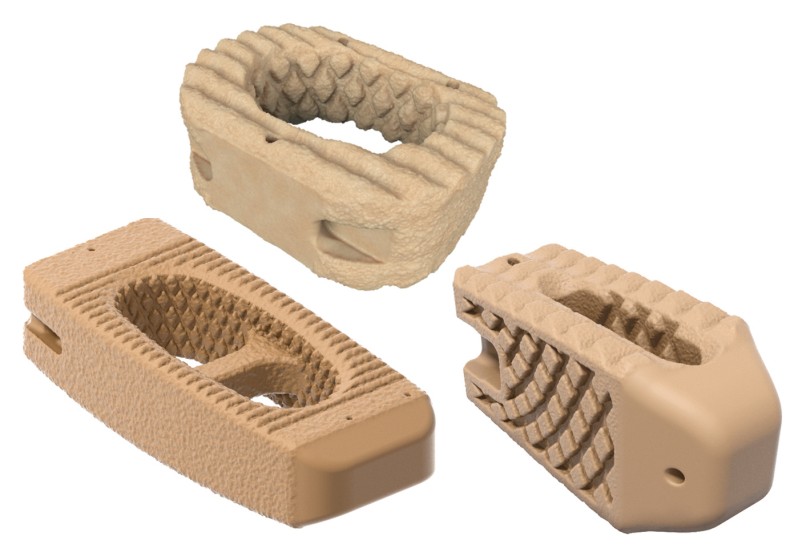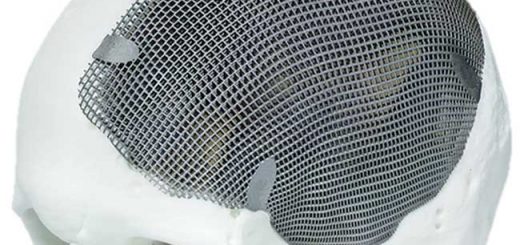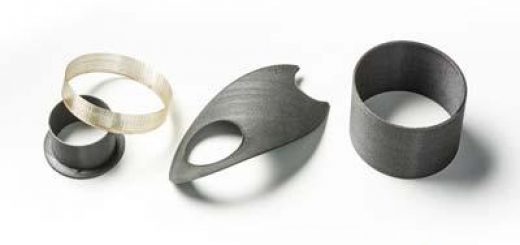RTI Surgical Announces Commercial Launch of Two 3D Printed PEEK Spine Implants
RTI Surgical announced the full commercial launch of its Fortilink®-TS and -L IBF Systems, adding to a growing series of interbody fusion devices featuring proprietary TETRAfuse® 3D Technology. The Fortilink-TS and -L Systems are intended for use in lumbar interbody fusion procedures at one or two adjoining levels in patients with degenerative disc disease. TETRAfuse 3D Technology is a 3D printed polymer-based interbody fusion device to incorporate a nano-rough surface that has demonstrated, in a pre-clinical study, more notable trabecular bone ingrowth compared to PEEK and titanium-coated PEEK.

“The Fortilink-L System is the first osteointegrative, radiolucent cage,” said Joseph O’Brien, M.D., M.P.H., founder of the Washington Spine & Scoliosis Institute at OrthoBethesda in Bethesda, Maryland, and one of the first surgeons to implant the Fortilink-L device. “While other companies are focusing on titanium, TETRAfuse 3D Technology offers ingrowth features that help the implant to fully integrate with the fusing bone. It also has best-in-class X-ray compatibility, which allows me to track my patients’ progress with more confidence.”
John O’Toole, M.D., M.S., Professor of Neurosurgery at Rush University Medical Center in Chicago, Illinois, and one of the first surgeons to implant the Fortilink-TS device, added, “The introduction of TETRAfuse 3D Technology revolutionizes the interbody device market by combining a favorable modulus of elasticity, optimal imaging characteristics and a surface design promoting vigorous bone ingrowth. I believe TETRAfuse 3D Technology meets all the criteria for an interbody through enhanced biology, biomechanics and ease of use to help improve outcomes for patients.”
The Fortilink-L IBF System is intended for a lateral transpsoas approach to the lumbar spine, also known as lateral lumbar interbody fusion (LLIF) surgeries. The Fortilink-TS System is intended for traditional posterior approaches known as transforaminal lumbar interbody fusion (TLIF) or bilateral posterior lumbar interbody fusion (PLIF) surgeries. TETRAfuse 3D Technology features a nano-rough surface with antibacterial characteristics and is designed to participate in fusion without compromising mechanical integrity or radiographic visibility.
“Based on the positive feedback from our surgeon customers and its unique design, we believe TETRAfuse 3D Technology is a new frontier in spine surgery,” said Camille Farhat, President and CEO, RTI Surgical. “RTI is committed to ongoing clinical research and development of innovative spine-focused solutions that meet the demands of surgeons and improve patient outcomes.”
Sources: RTI Surgical




Recent Comments